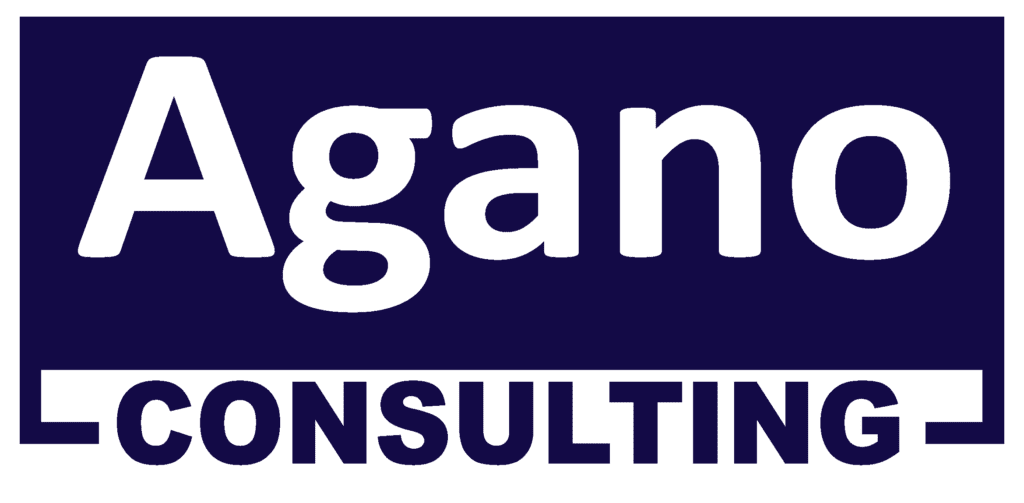
Business Resiliency Leadership Agenda Post-COVID-19
May 13th, 2021
The crisis occasioned by the COVID-19 pandemic is not yet over. Some are warning of many waves of the pandemic to come even as governments, businesses, and individuals adjust to the realities of the pandemic. Indeed, there are many that warn of things getting worse before they get better even in the face of efforts to assure massive vaccination of populations.
Authorities all over the world seem to have adopted a ‘throttle and release’ game depending on the numbers observed and especially the positivity rates. Their intention is to limit infections so as not to overwhelm healthcare facilities and personnel.
Clearly few people had imagined the pandemic causing such ravage across the world. Yet preparedness is essential to help limit damage through rapid response and effective management of the crisis that the pandemic encapsulates.
It is also time for everyone to reflect on the impact the pandemic has had on them, be they individuals, organizations, and governments.
In evaluating impacts, be it on individuals or organizations, we all need to be introspective in examining how we have fared so far as well as how we will fare into the future. The associated questions we would ask would then lead us to lessons we can learn from the crisis and the improvements we will need to make in order to minimize losses should similar circumstances arise in the future.
Our informal survey, through conversations with a number of people, suggests that organizations were caught up variously in the crisis were at different levels of preparedness for such a crisis.
- There is the cluster that was caught unawares completely and had no contingency plans at all. Such organizations had neither considered whether they needed such plans nor made any meaningful efforts to start the process;
- There is also another that cluster that knew they needed such plans but had not come around to developing the plans in any shape or firm;
- Then there are those that had developed plans (usually to meet compliance requirements) but had not implemented the said plans;
- Others had plans in place but implemented them only partially;
- Finally, there is the most prepared lot that had plans which they had implemented fully and were continually testing as recommended practices dictate;
Those without plans perhaps suffered the most as anything they did was ad hoc. Those with plans in place and fully tested, on the other end, likely suffered the least.
However, we also learnt that regardless of where an organization was in the continuum, the pandemic threw all of them into a tailspin for reasons that this pandemic is unique in its manifestation. Indeed, even when organizations have drawn up plans in the past, their risk assessment would suggest that, as much as such occurrence could be devastating, the chances of happening were very low. As such, not many organizations were likely to have had pandemic-specific response measures in place that would enable them to respond effectively to the conditions that we now endure. As such, they too may have suffered as much as those that had no continuity plans at all.
As well, regardless of the preparedness, organizations must deliberately move to learn lessons from the events of the pandemic and ensure to build these into their future resilience plans. It is suggested that organizations examine how they have coped during the pandemic and study the lessons that can be carried forward into the future. Such lessons should inform new business strategies and act as opportunities to enhance further success.
Our informal survey suggests that many organizations have come to grips with the fact that a lot of work can be done remotely using technology tools. Of course, there are risks such as information protection and related productivity.
Organizations should take advantage of this situation and see how remote working can be turned into opportunities to enhance the realization of their strategic objectives. It is our observation that employees are happier working remotely, especially due to avoiding the tedious commute to physical office locations.
On the issue of productivity, employers need to push for tools that can help them measure and even enhance productivity even when employees work out in sight! This will also put shame beliefs in some quarters that employee output is measured by the length of time they spend at their desks!
Organizations with the agility to change in adapting to the use of technology and remote collaboration could come ahead. Indeed, with remote work, employers have a chance to get the very best of workers that could be located anywhere on earth, provided there is the ability to connect with them.
The last point also applies to our institutions of higher learning. With remote connectivity enabling teaching and research, our universities and colleges can get the best faculty to work for them while enrolling students regardless of where these students reside! One can imagine a highly rated course or programme attracting mass enrolment from across the world due to its merit!
As for governments, it is a chance to develop incentives that would encourage remote work and reduce commute on the roads. As a start, this would save a lot of hours consumed by the commute and contribute to a possible reduction in the number of vehicles on the roads, which has a direct bearing in reducing (however little) contribution to the carbon footprint and pollution in general.
To thrive beyond the pandemic will require agility in adapting to the ‘new normal’, ability to cause change adoption, and integration of the new realities into strategy development and execution!
Note: are you interested in discussing post-pandemic positioning? If so, contact us to explore the opportunities there are and how these could inform future success!
Team Agano Consulting Inc., email: info@aganoconsulting.com; web: www.aganoconsuling.com






